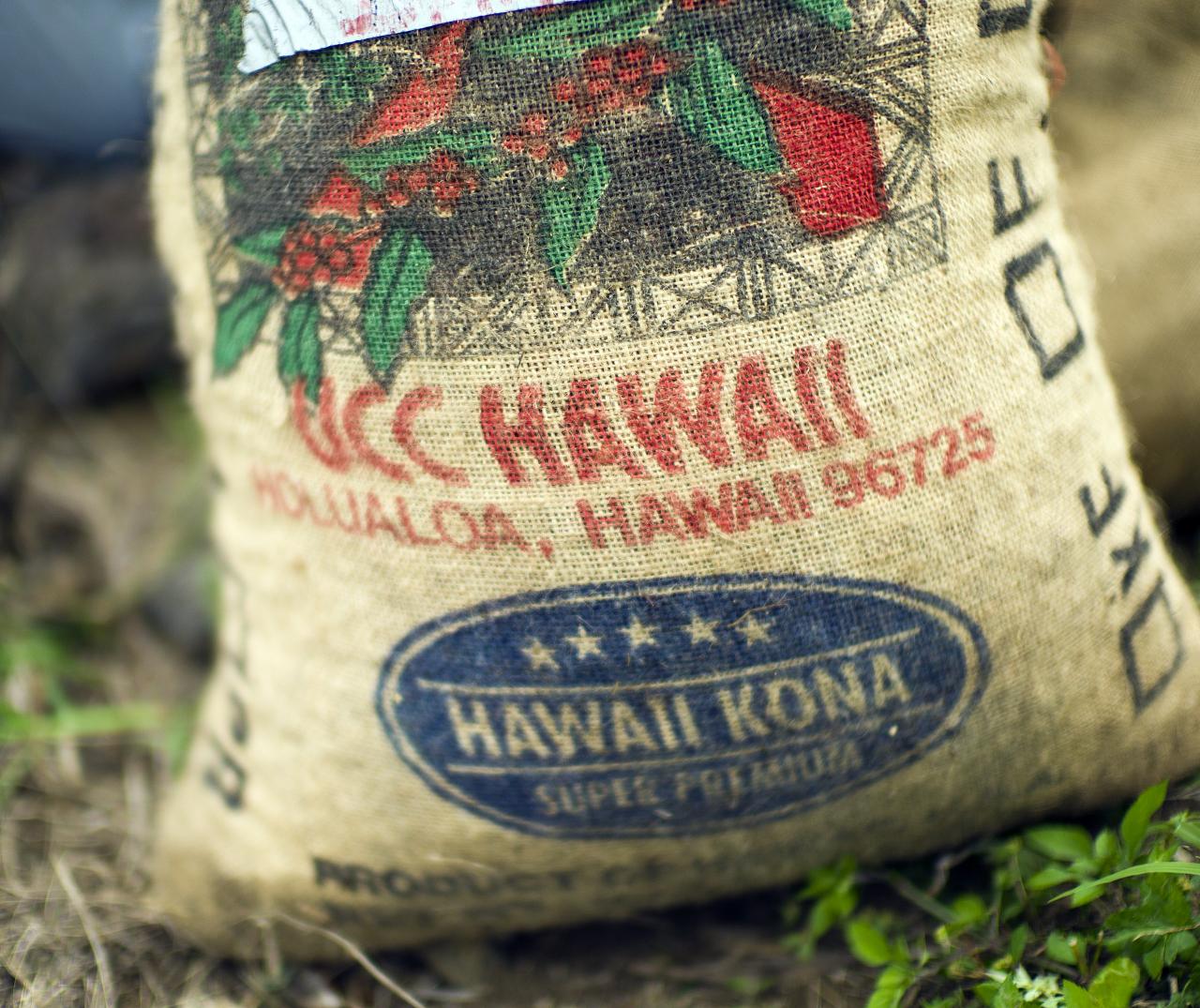Hawaii often doesn’t get enough credit for producing what’s arguably some of the finest coffee in the world and certainly the finest coffee grown in America. Kona coffee is renowned for it’s smooth, caramelized flavor notes. These flavor profiles are linked to processing methods as well as the particular growing environment, or terroir, unique to the Kona region.
The Terroir Factor
To be true Kona coffee, the beans require an appellation similar to wines or cheeses. As wine lovers know, Sangiovese, Canaiolo and Malvasia bianca grape varietals must grow in the volcanic soils of Tuscany to earn the Chianti origin label. Similarly, Kona coffee must grow in the mineral-rich volcanic soils on the Western coast of Hawaii to earn the certified-Kona coffee label.
On the slopes of Hualalai mountain, Kona coffee flourishes in its own microclimate. A diurnal cycle of temperate nights, clear mornings and wet afternoons make Kona unique. But that’s just the raw materials — skilled producers take it from there.
Wet-Method Processing
After hand-picking and pulping, the coffee undergoes a mild fermentation, which locks in its flavors. Next the beans are sun-dried, drying racks called hoshidanas, where they stay until they are dry enough for milling. After the milling removes the parchment, the coffee is then sorted and graded.
Grading
Due to intensive hand-cultivating and careful processing, most Kona cherries get approved for roasting. However, only the best of the best earn the top grade of extra fancy reserved for the largest, most aesthetically pleasing beans. Note that extra fancy beans don’t necessarily taste better than beans of lower grades; they largely just have no visible defects and an ideal moisture content of 10 to 12.5 percent.
Roasting and Brewing
Roasting connects all the points in Kona’s flavor profile. During roasting, the green coffee cherries undergo a Maillard reaction, a chemical reaction caused by the application of heat to sugars and amino acids. As the beans brown, the ester and flavonoid-rich oil trapped within the cells of the bean mobilize, which releases the aroma and delicious taste that gives Kona its claim to fame. Unfortunately, many roasters in Kona over-roast their beans. Our favorite Kona beans are from Big Island Coffee Roasters.
You can brew Kona like you do other coffee — although exceptional, Kona is ultimately still just a coffee bean. However, you may want to maximize the flavor while preserving the purity of Kona when you brew. We are fans of the pourover, as a great way to taste the full flavors of Kona coffee.
If you’re going to the Hawaii, check out our Big Island Travel Guide and Honolulu Travel Guide for recommendations on where to find the best Kona coffee!
